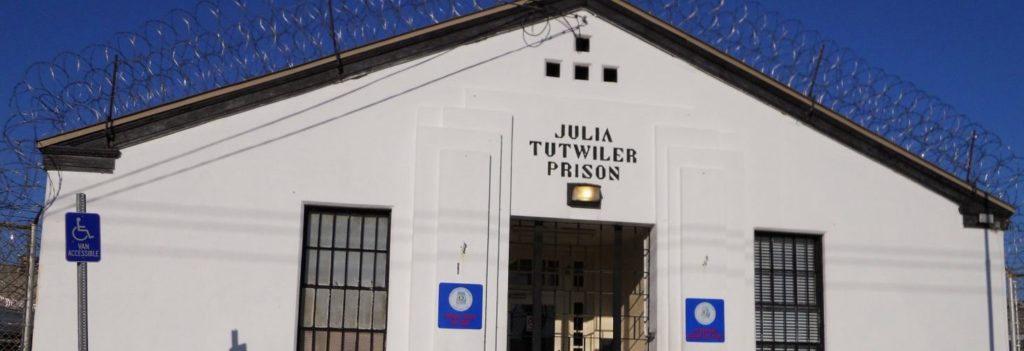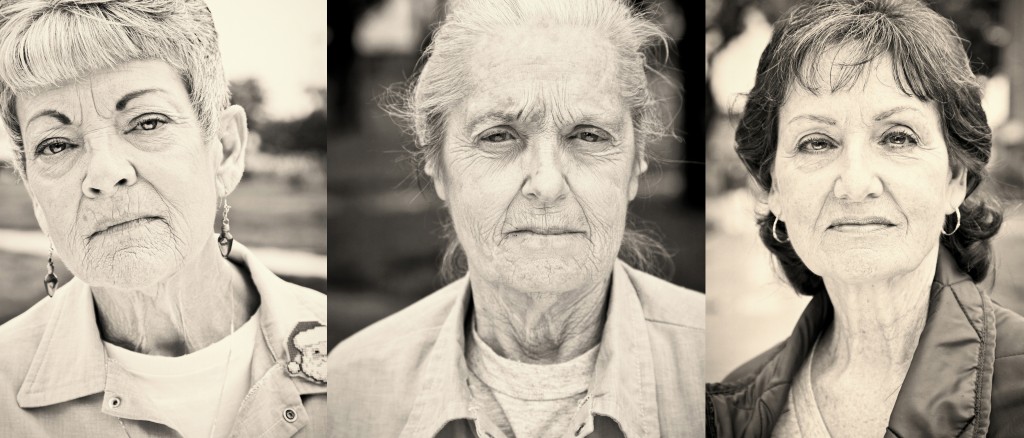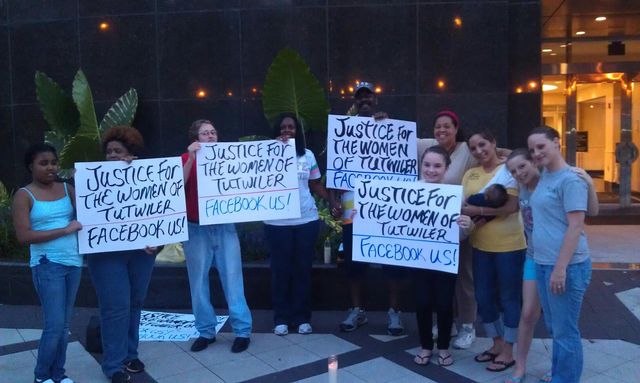
A woman prisoner in West Virginia says she was raped 17 times by a Regional Jail Authority “correctional officer”. She sued both the officer and the Regional Jail Authority. She sued the jail for negligence in hiring, supervising, training and retaining said officer. The jail asked to be dropped from the suit because sexual assault is not in the scope of his duties. Rape is not in his job description, and so …
A lower court agreed with the woman. Last week, the West Virginia Supreme Court voted 4 – 1 in favor of the West Virginia Regional Jail and Correctional Facility Authority. The woman is called AB, the officer DH. The Supreme Court majority ruled: “We find that D. H.’s alleged acts fall manifestly outside the scope of his authority and duties as a correctional officer. There can be no question that these acts, as alleged, are in no way an `ordinary and natural incident’ of the duties with which he was charged by the WVRJCFA. Respondent has failed to adduce any evidence bringing these alleged acts within the ambit of his employment beyond merely suggesting that his job gave him the opportunity to commit them. As such, we conclude that the WVRJCFA is entitled to immunity for respondent’s claims based on vicarious liability for D. H.’s acts.”
There you have it. Rape is not in the job description, and so the Jail is “entitled to immunity.”
Supreme Court Chief Justice Robin Davis offered the dissenting opinion: “In order to find that the Regional Jail is immune from liability when female inmates are raped with impunity by correctional officials, the majority opinion recast our law on qualified immunity in such a manner as to make it now virtually impossible for any state agency, not just the Regional Jail, to ever be held accountable for tortious conduct committed by employees within the scope of their employment. I do not make this accusation lightly… To add insult to injury, the majority opinion also has concluded specifically that liability cannot be imposed on the Regional Jail merely because it did not have any regulations designed to protect female inmates from being raped. According to the majority opinion, such regulations `easily fall within the category of ‘discretionary’ governmental functions.’ The majority opinion requires a rape victim to specifically point to `a ‘clearly established’ right or law with respect to . . . supervision[.]’ In the final analysis, under the majority opinion, the Regional Jail simply has to bury its head in the sand and never promulgate any regulation designed to protect the bodily integrity of female inmates to ensure its continued impunity from liability… The majority opinion promotes and rewards `gross negligence and deliberate indifference’ to the constitutional right of female inmates to be free of sexual assaults. But, the State cannot be granted absolute immunity merely because no regulation was violated when its employee raped an inmate seventeen times. Just what will it take to protect women from such assaults? Simply put, the Regional Jail was grossly negligent in not having regulations in place that would have protected the plaintiff from being alone with any male correctional officer on seventeen separate occasions.”
Just what will it take to protect women from such assaults? As reports from the Julia Tutwiler Prison for Women reveal, this is not an isolated incidence. What if judges considered the `immunity’ of correctional staff before sending women to prison and jail for the slightest perceived offense? What if judges stopped targeting girls for prison and stopped punishing girls for non-status offenses? What if we turn this darkness into light? Just what will it take?
(Photo Credit: MediaMatters.org)


